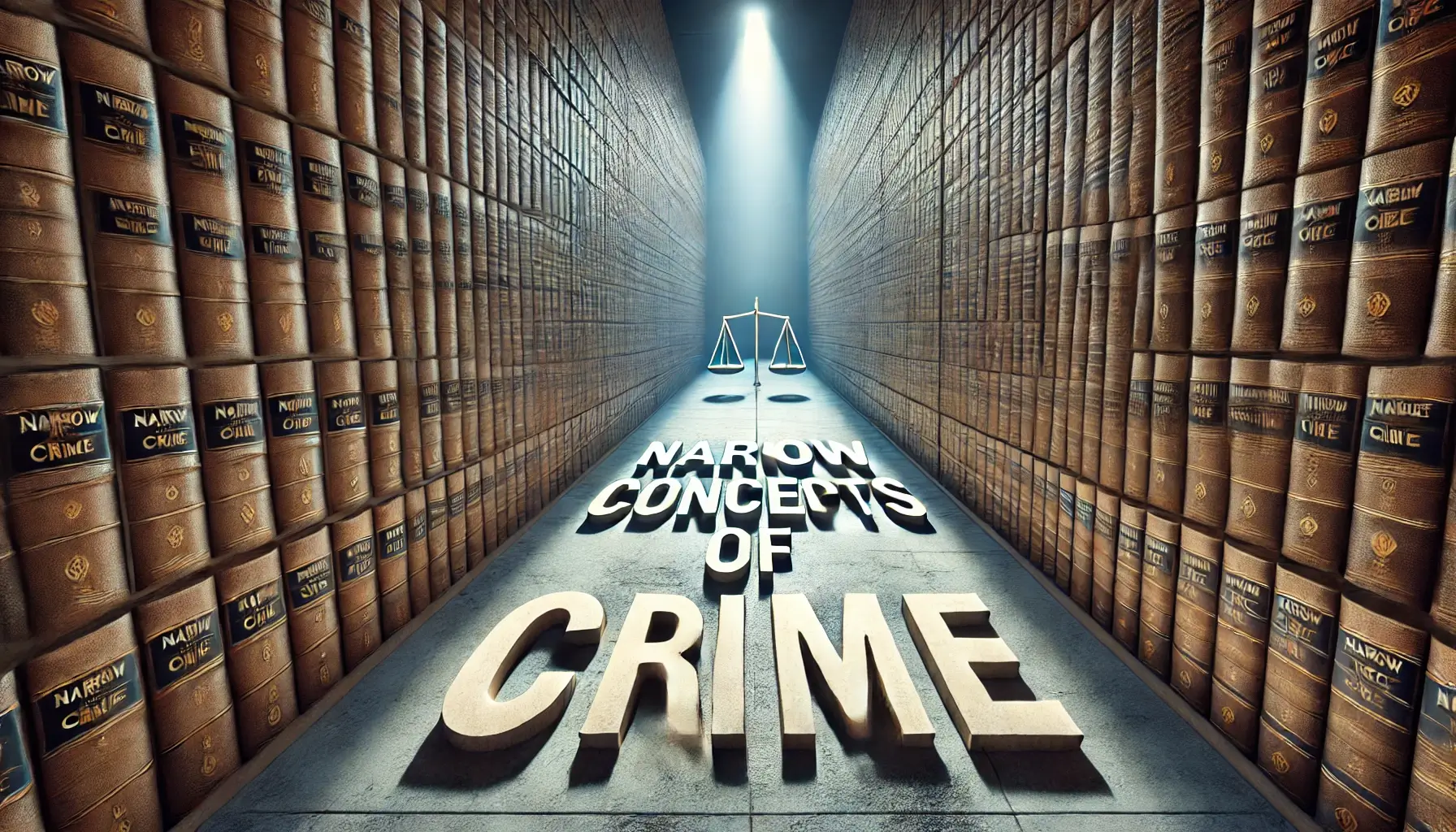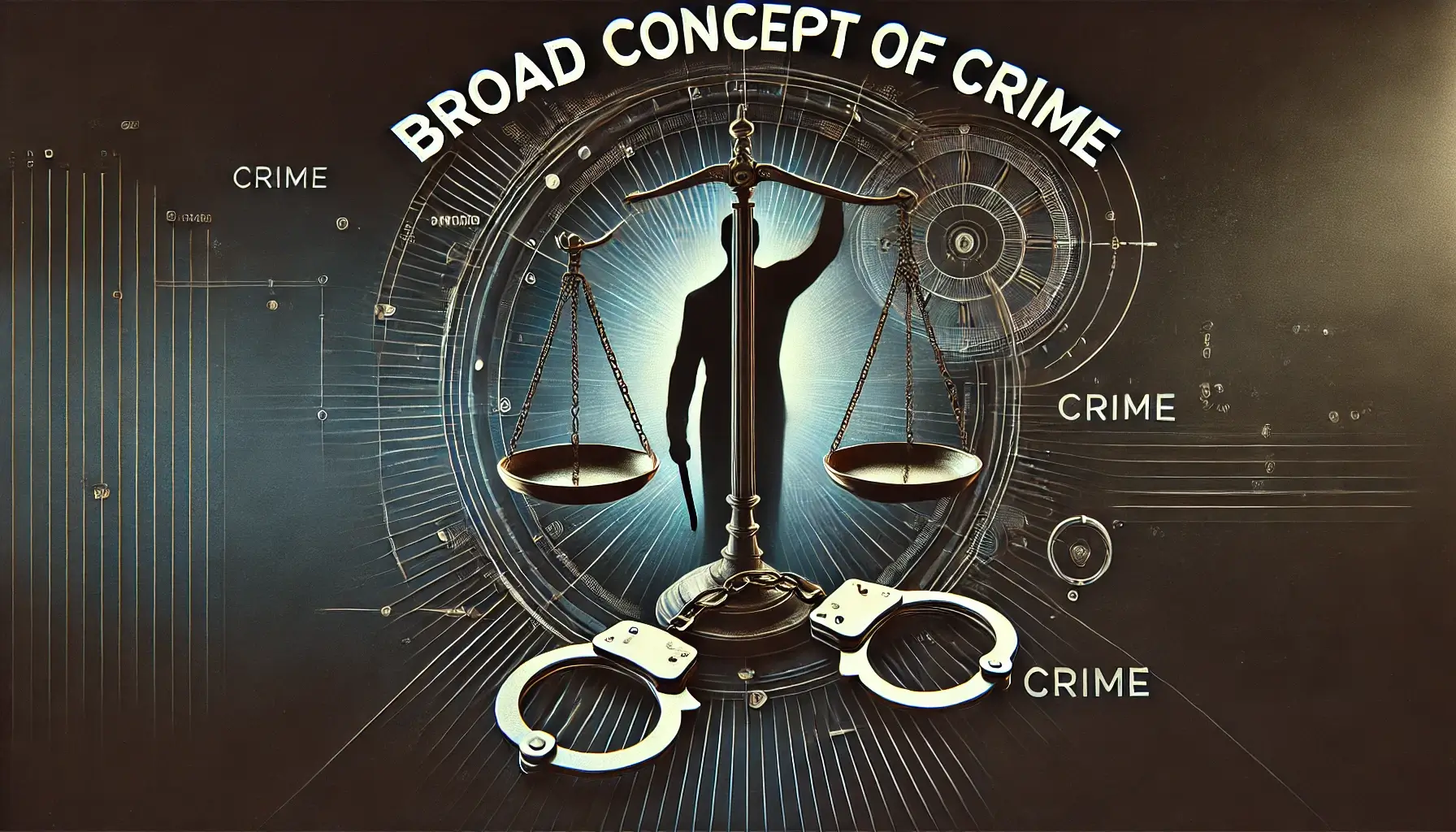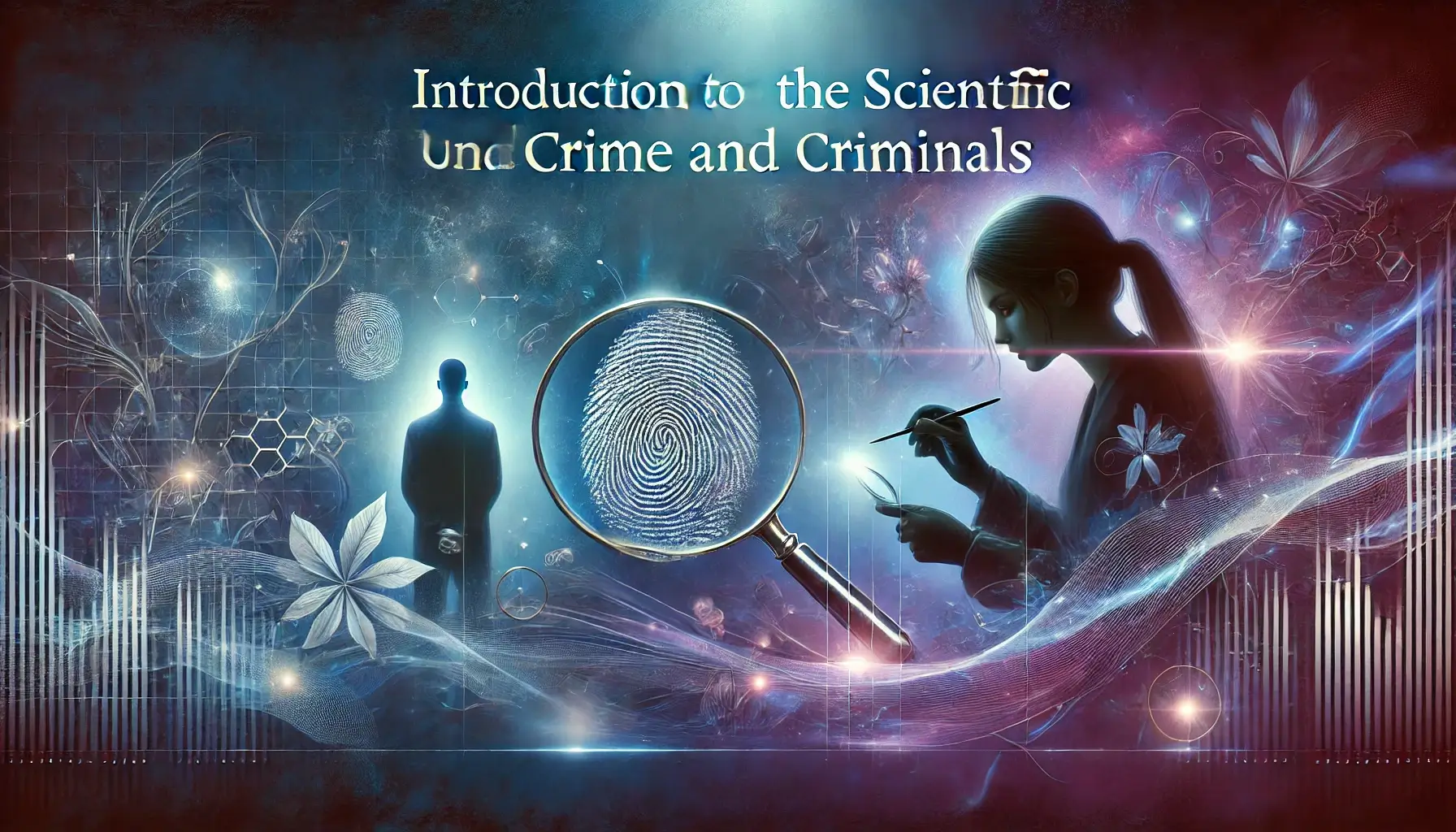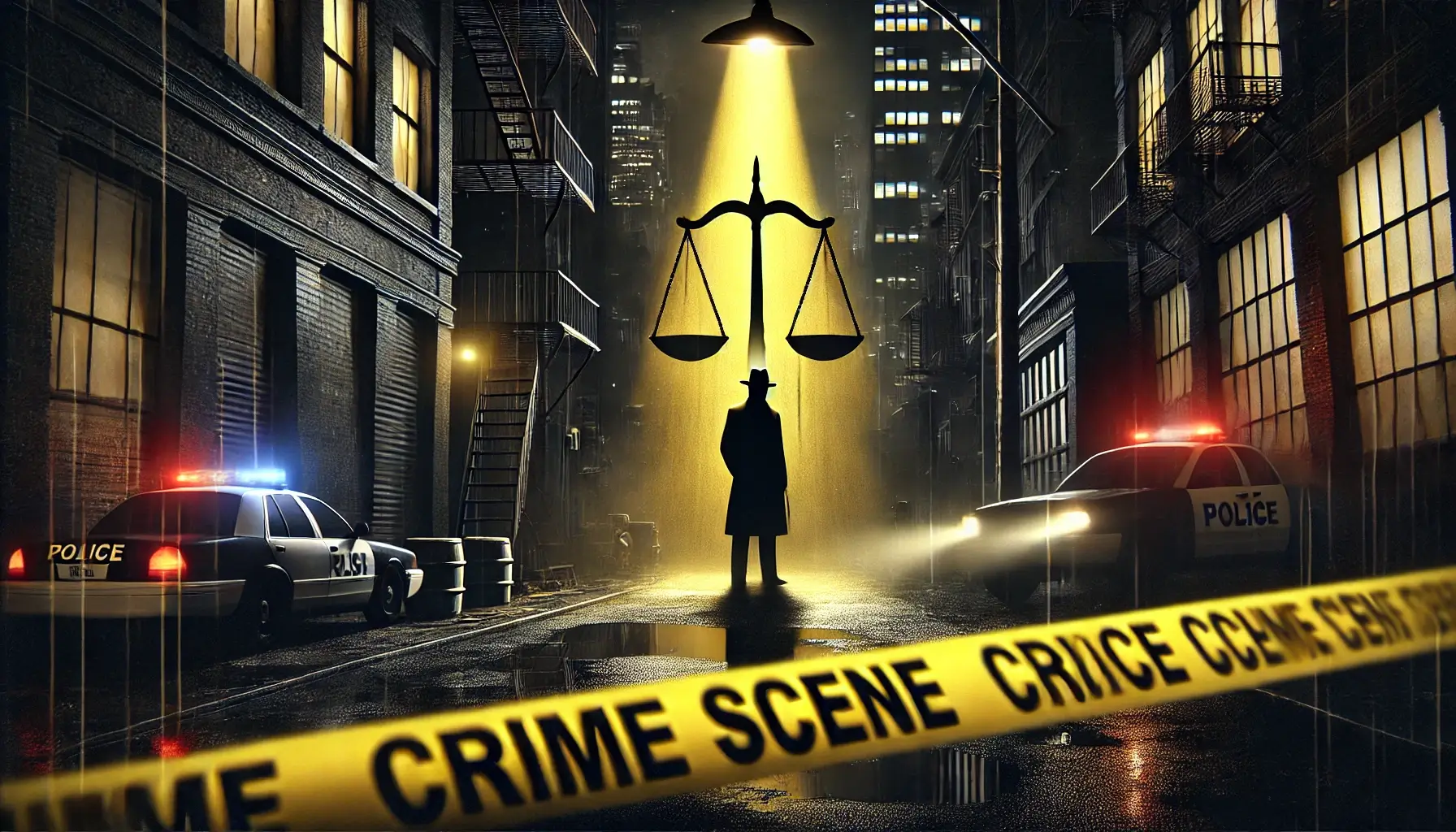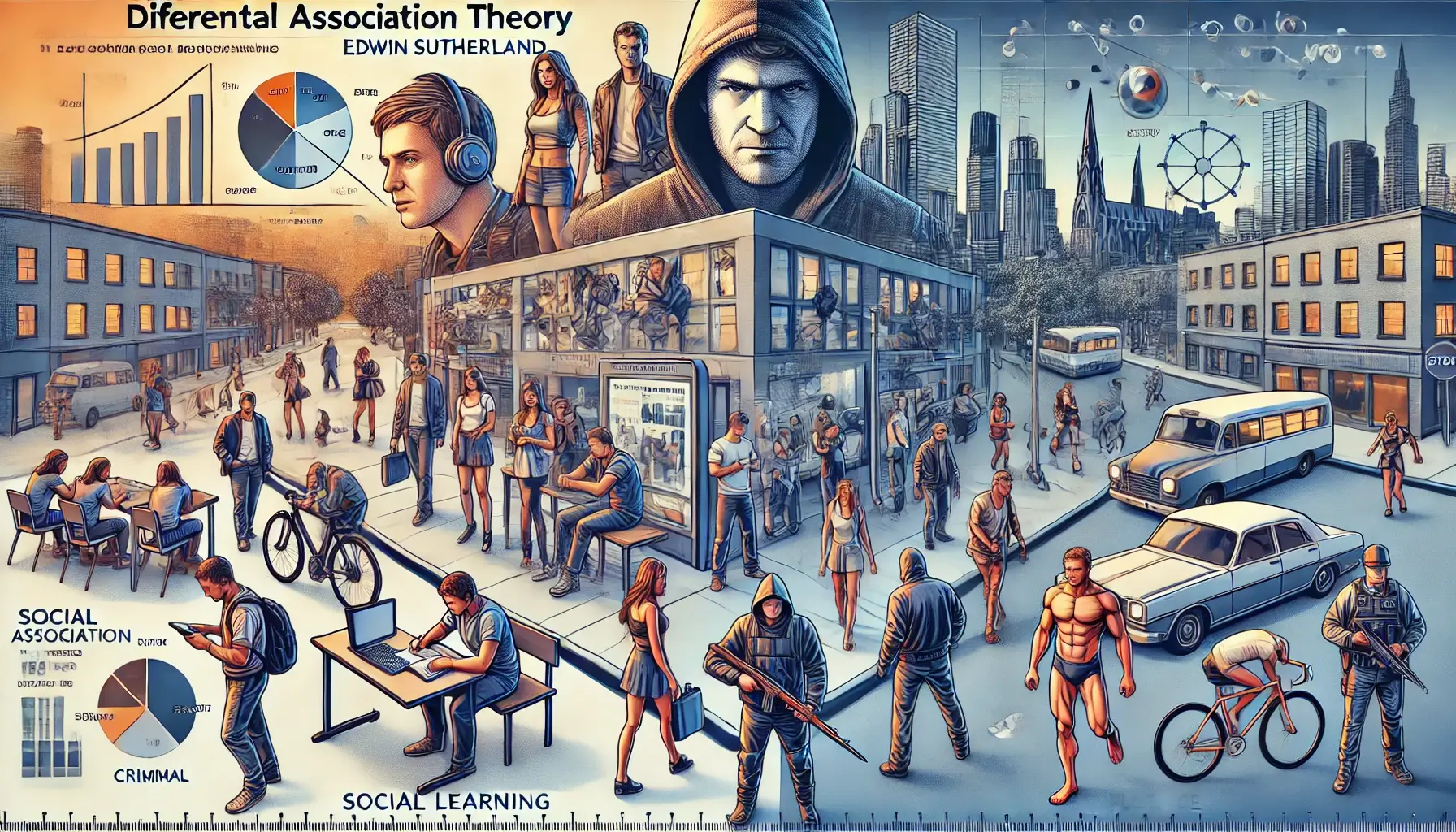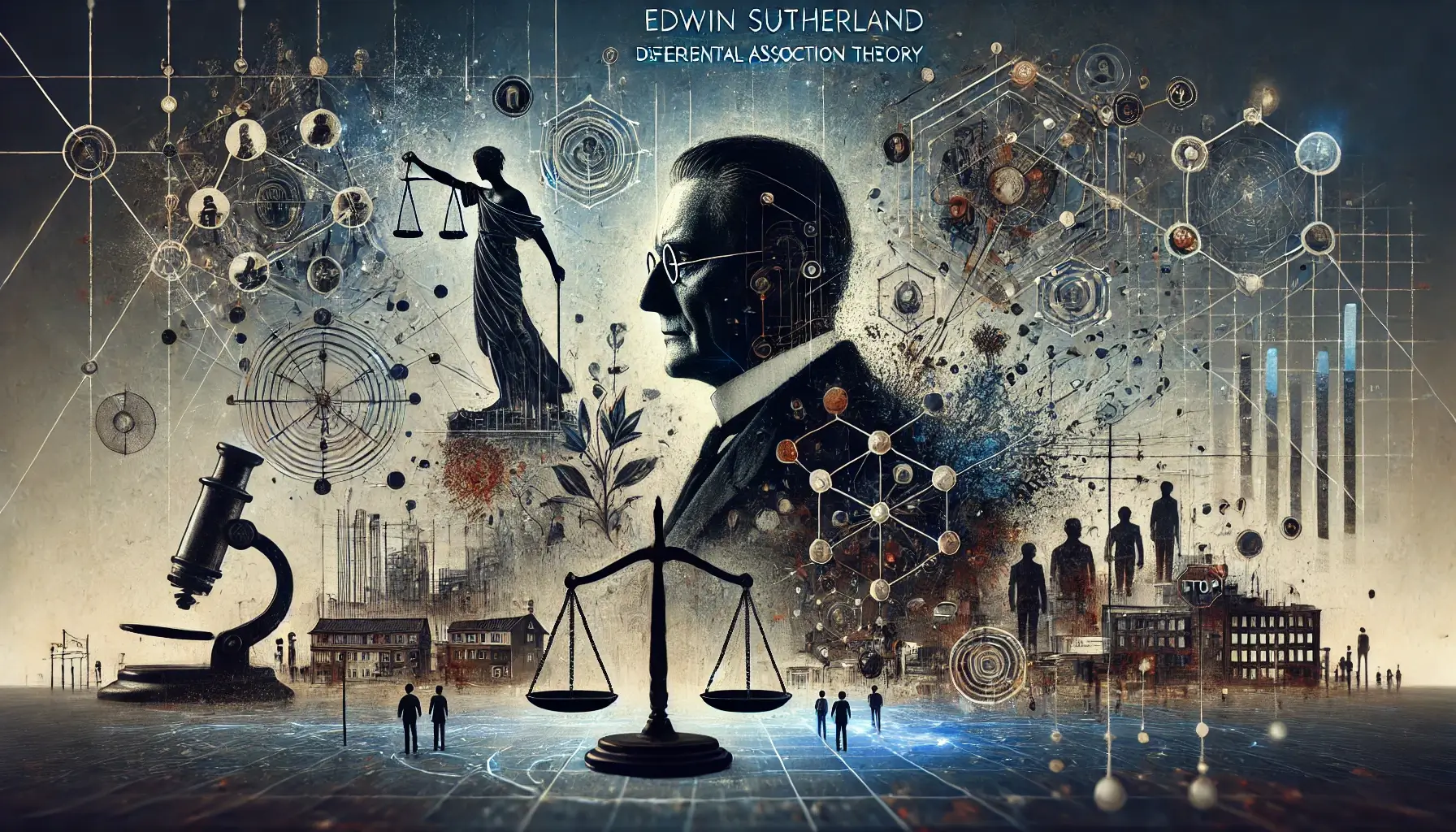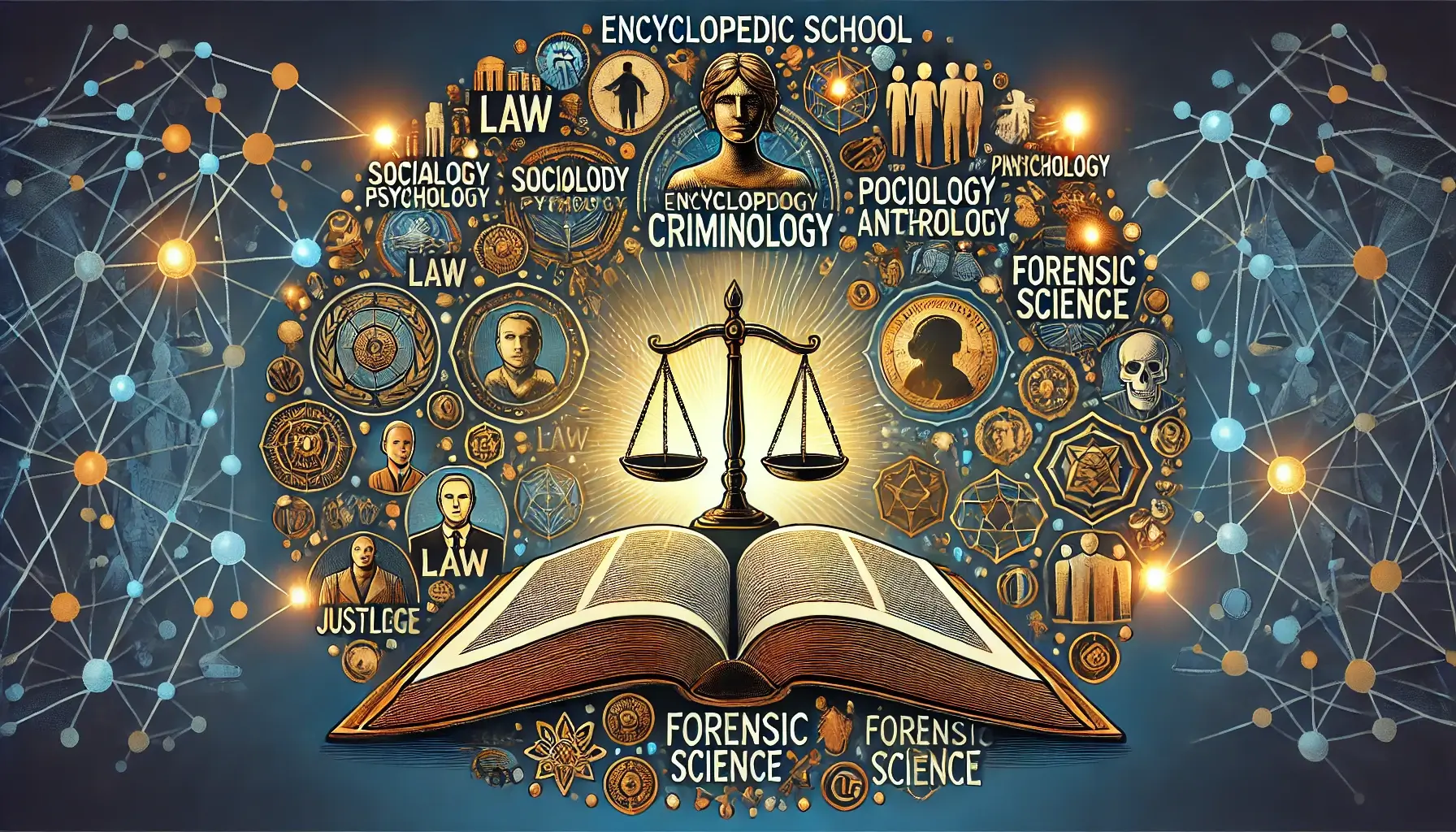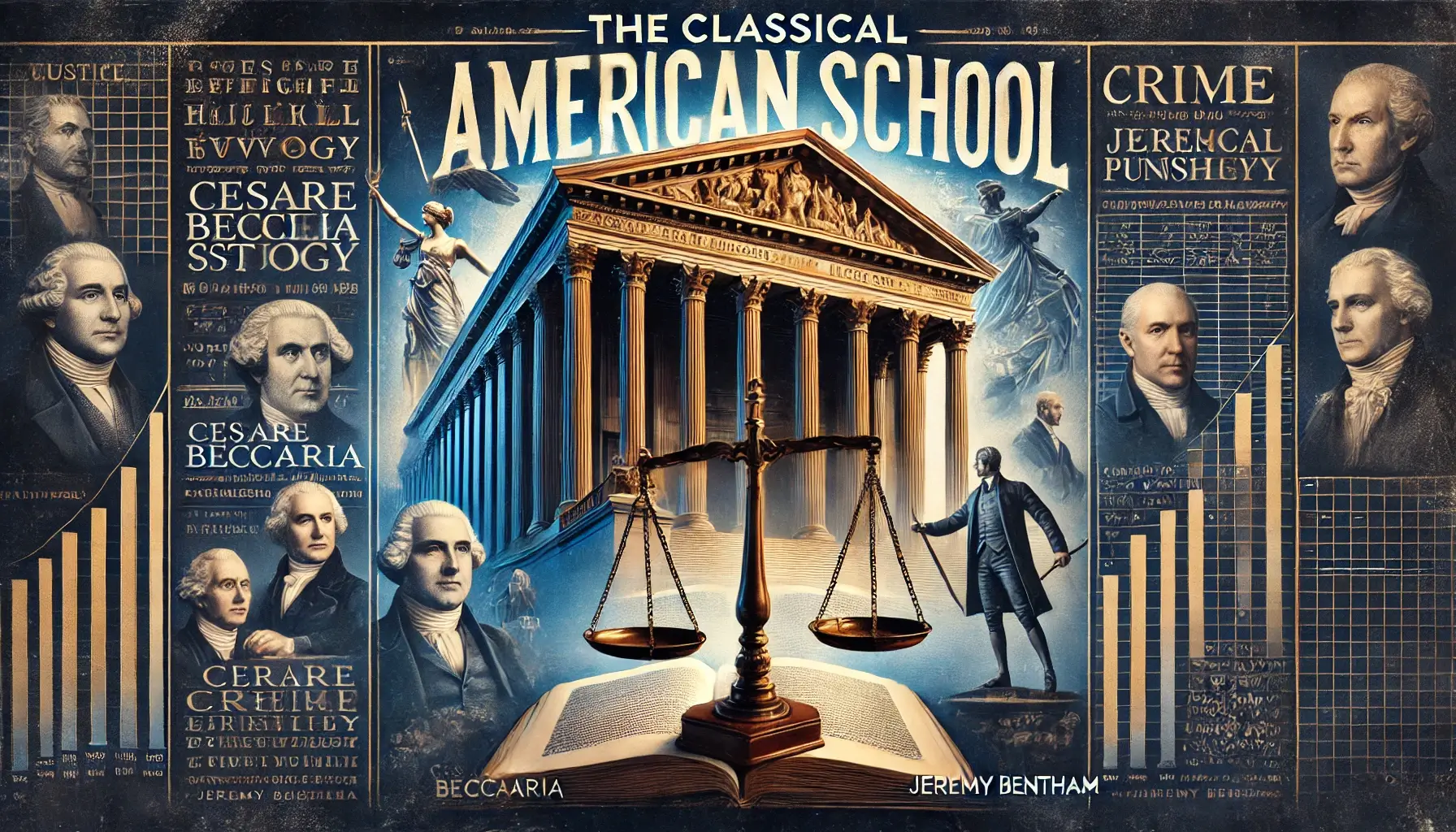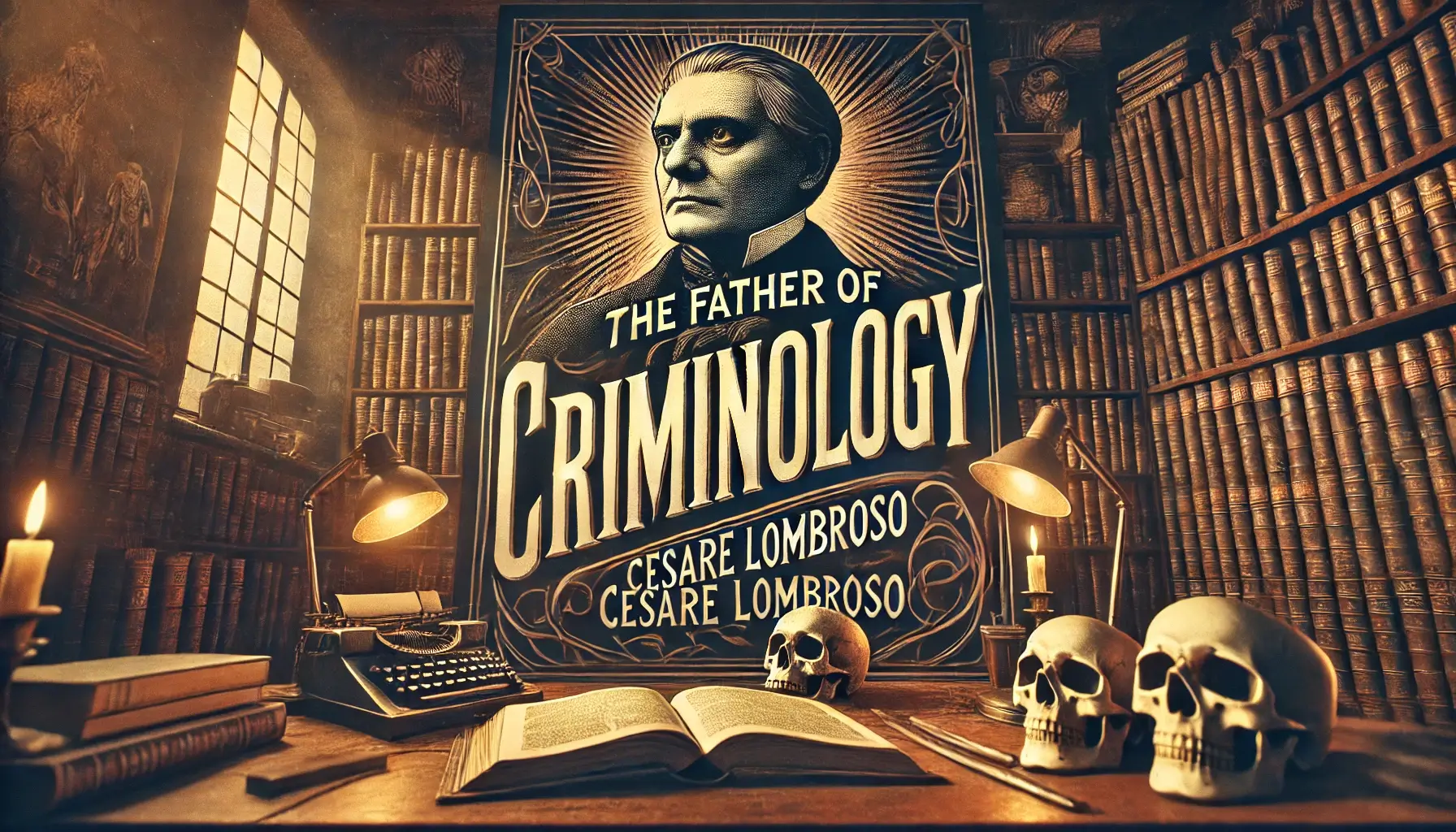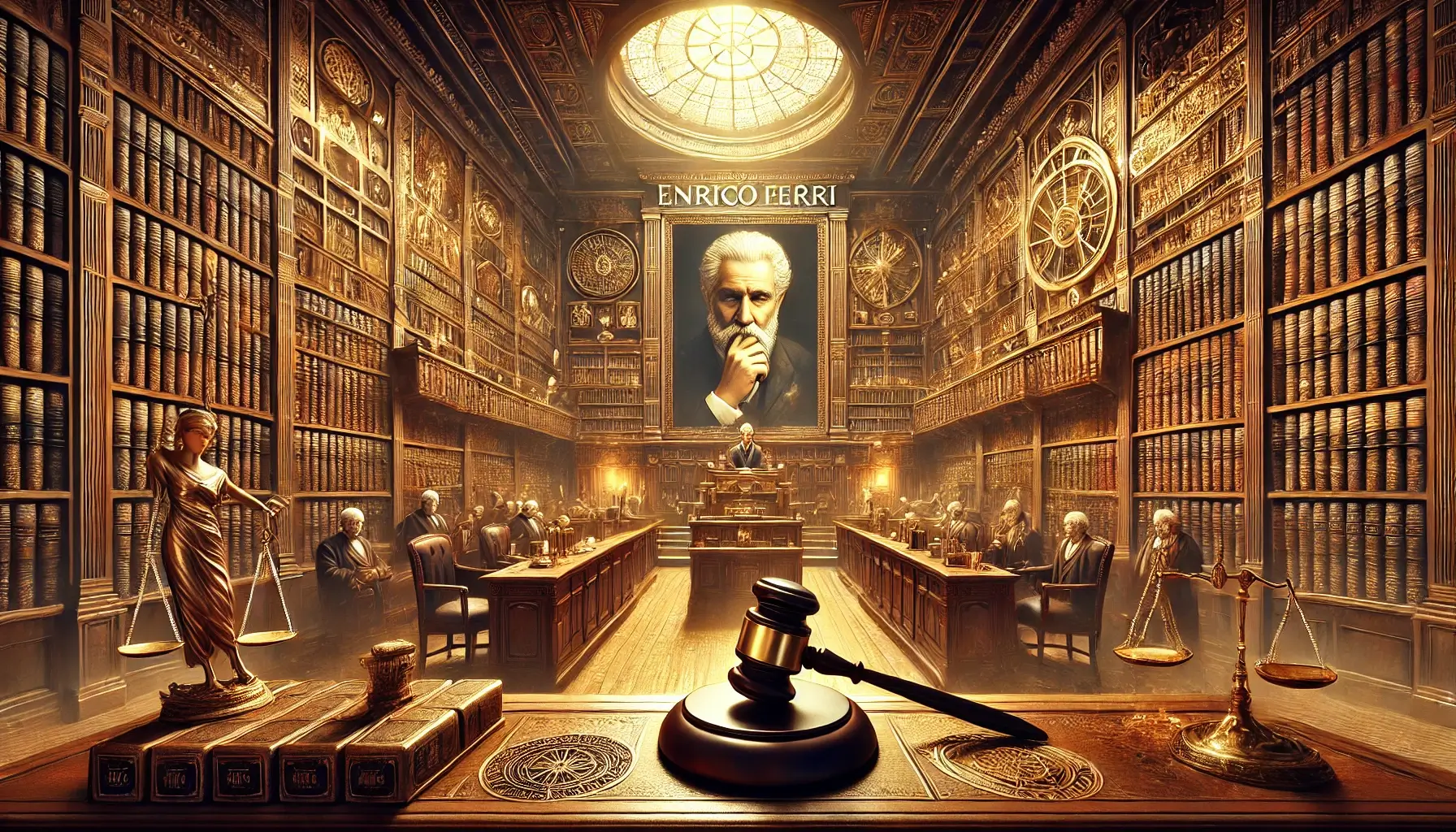Understanding Narrow Concepts of Crime: Definitions, Examples, and Implications
Introduction to Narrow Concepts of Crime Crime, as a social construct, has been defined and interpreted in various ways across cultures and legal systems. The term “narrow concepts of crime” refers to strict definitions that limit what is legally recognized as a crime. Understanding these narrow definitions is crucial for legal scholars, policymakers, and criminologists, … Read more

